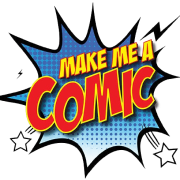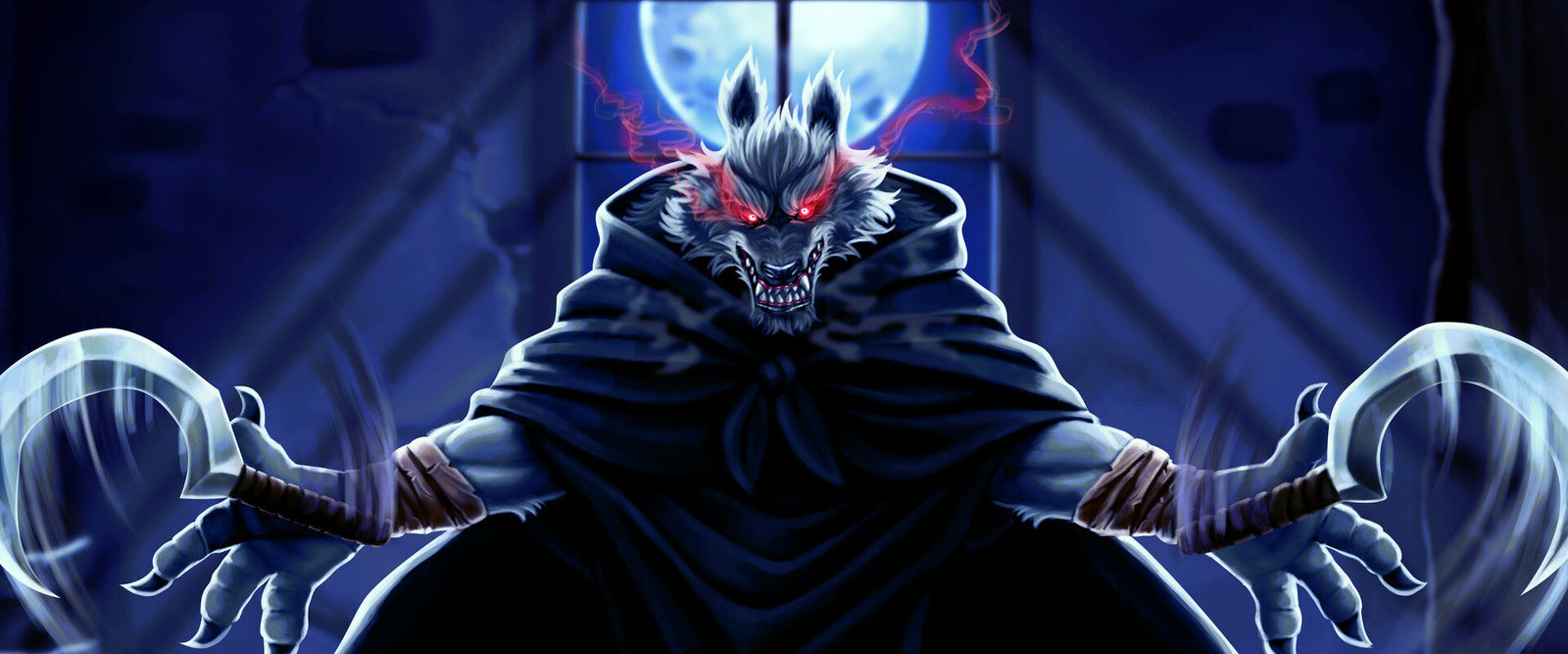Death in Puss in Boots: The Most Terrifying Villain DreamWorks Has Ever Created
When audiences walked into theaters to watch Puss in Boots: The Last Wish, they expected a lighthearted fairy-tale adventure. What they didn’t expect was to meet one of the most terrifying and unforgettable villains in modern animation: a cloaked wolf, with burning red eyes, two sickles, and a whistle that freezes blood.
This isn’t just another bad guy. This is Death.
And he doesn’t play by the rules.
A Villain Who Feels Inevitable
Most villains have motives. They want power, revenge, control. You can bargain with them, outwit them, even defeat them. Death is different.
He’s not evil. He’s not cruel. He’s not even angry.
He’s inevitable.
In the film, Puss has wasted eight of his nine lives. He treats death as a joke—until the wolf shows up. Death isn’t there to punish him. He’s there to collect what’s owed. That’s what makes him so frightening: you can’t escape what he represents.
This isn’t a character you can outfight. This is mortality itself, wearing a wolf’s skin.


How Death Redefined What a Kids’ Movie Villain Can Be
Animated movies rarely take risks with their villains. They’re usually flamboyant, funny, or so over-the-top they’re easy to laugh at. Death breaks that mold completely.
From the moment he steps into the tavern and confronts Puss, the tone shifts. Suddenly, this isn’t a silly swashbuckling cat adventure—it’s a film where life actually matters. Every time Death appears, the movie becomes something darker, sharper, and more meaningful.
DreamWorks took a bold risk here, and it paid off. Death elevates the story from a fun sequel to a meditation on life itself.
Symbolism: Death as a Force of Nature
Death doesn’t need a backstory. He doesn’t need a tragic past or a grand plan. His strength as a character lies in his simplicity: he is a force of nature.
- He can’t be reasoned with.
- He can’t be bribed.
- He doesn’t hate you—he just is.
This makes him more terrifying than any villain with a motive. He’s not out to ruin Puss’s life. He’s there to end it, because that’s his job.
The film uses this presence to explore deep themes: the fear of dying, the meaning of a single life, and the courage to face the inevitable. Death forces Puss—and the audience—to ask the question: What would you do if you knew your last life was the only one left?


The Wolf’s Whistle: Fear Distilled into Sound
Every great villain has an iconic signature—something that announces their arrival. For Death, it’s a simple whistle.
Just four notes. But when you hear it in the film, your stomach drops. It’s the sound of inevitability, a reminder that no matter how far you run, he’s always one step behind.
Sound design plays a huge role in making Death memorable. That whistle, combined with his low growl and the scrape of his sickles, creates a sensory experience that’s hard to shake.
The Power of Design and Voice
Visually, Death is a masterpiece.
Add to this Wagner Moura’s chilling voice performance—smooth, controlled, and utterly menacing—and you have a villain that lingers long after the credits roll. His delivery is calm, almost gentle, which makes his threats even scarier.


Death vs. Puss: A Duel of Ideologies
The final showdown isn’t just a fight—it’s a philosophical duel. Puss enters the battle terrified, desperate to survive. Death, meanwhile, isn’t there to kill him out of malice. He’s there to make a point: life is precious only when you know it can end.
Throughout the duel, Puss learns humility. He stops running. He stops wasting lives. For the first time, he truly fights to live, not because he’s fearless, but because he understands fear.
In the end, Death spares him—not because he’s defeated, but because Puss has finally learned the lesson. He’s no longer arrogant. He respects life, and by extension, Death.
Why Death Resonates Beyond the Film
Even years after the movie’s release, fans still talk about Death. Memes, fan art, theories—his presence online is enormous. But it’s not just because he’s cool (though he is). It’s because he leaves audiences thinking.
He’s a villain you can’t stop discussing because he taps into something universal: the fact that our time is limited. That message resonates across ages, cultures, and genres.


Final Thoughts: The Villain Who Reminds Us to Live
Death in Puss in Boots: The Last Wish isn’t just DreamWorks’ scariest villain—he’s one of their greatest creations. He’s not simply an antagonist; he’s a mirror held up to the audience, asking, What will you do with the life you have left?
That’s why he’s unforgettable. He’s not just there to scare Puss. He’s there to remind us all: every life, no matter how many, is worth living well.
There's been many blogs written about this character, see below for some of the best ones
Why did they make Death a Wolf instead of something like a Skeleton?
Death as Wolf — Decoding visual language behind Puss in Boots villain
Puss Meets Death Shot-by-Shot Analysis




